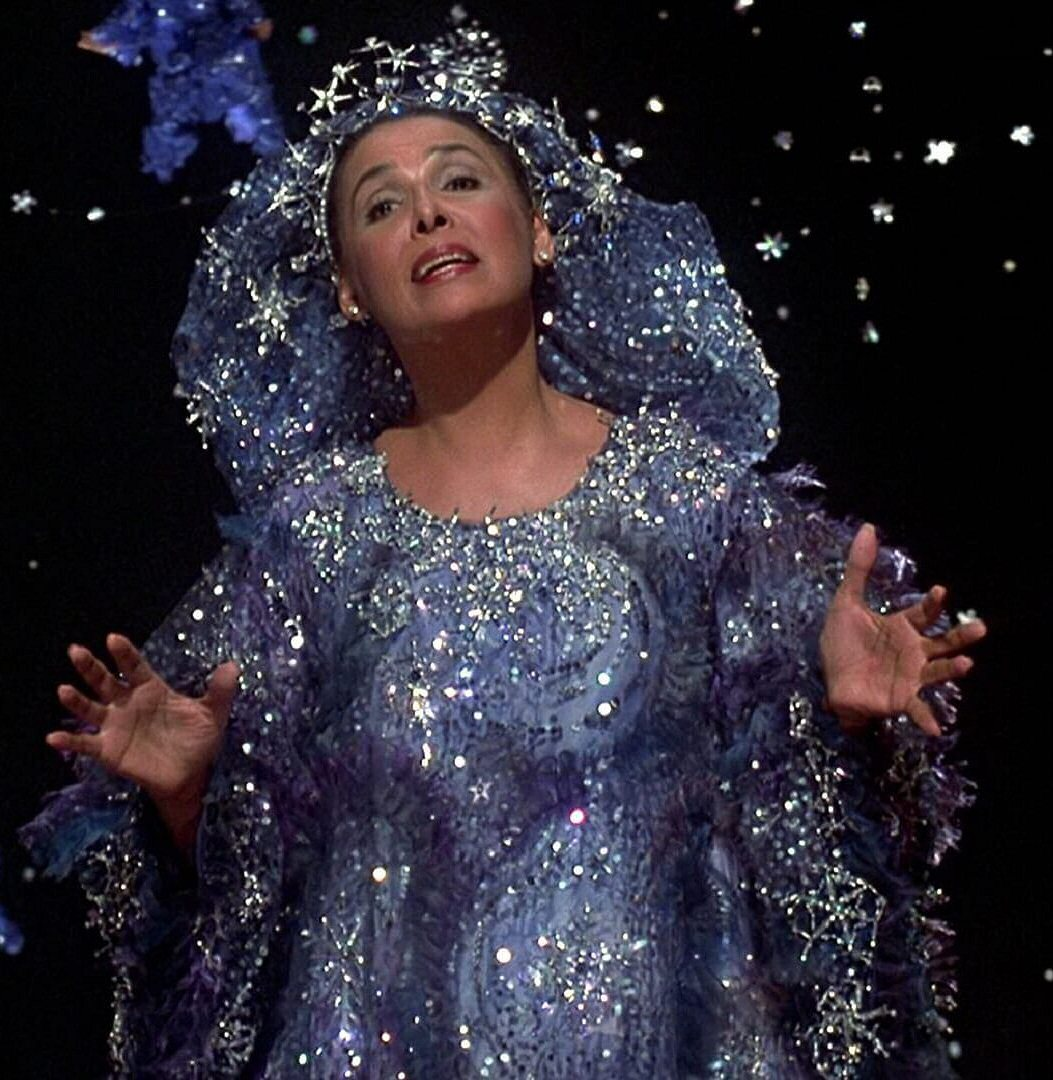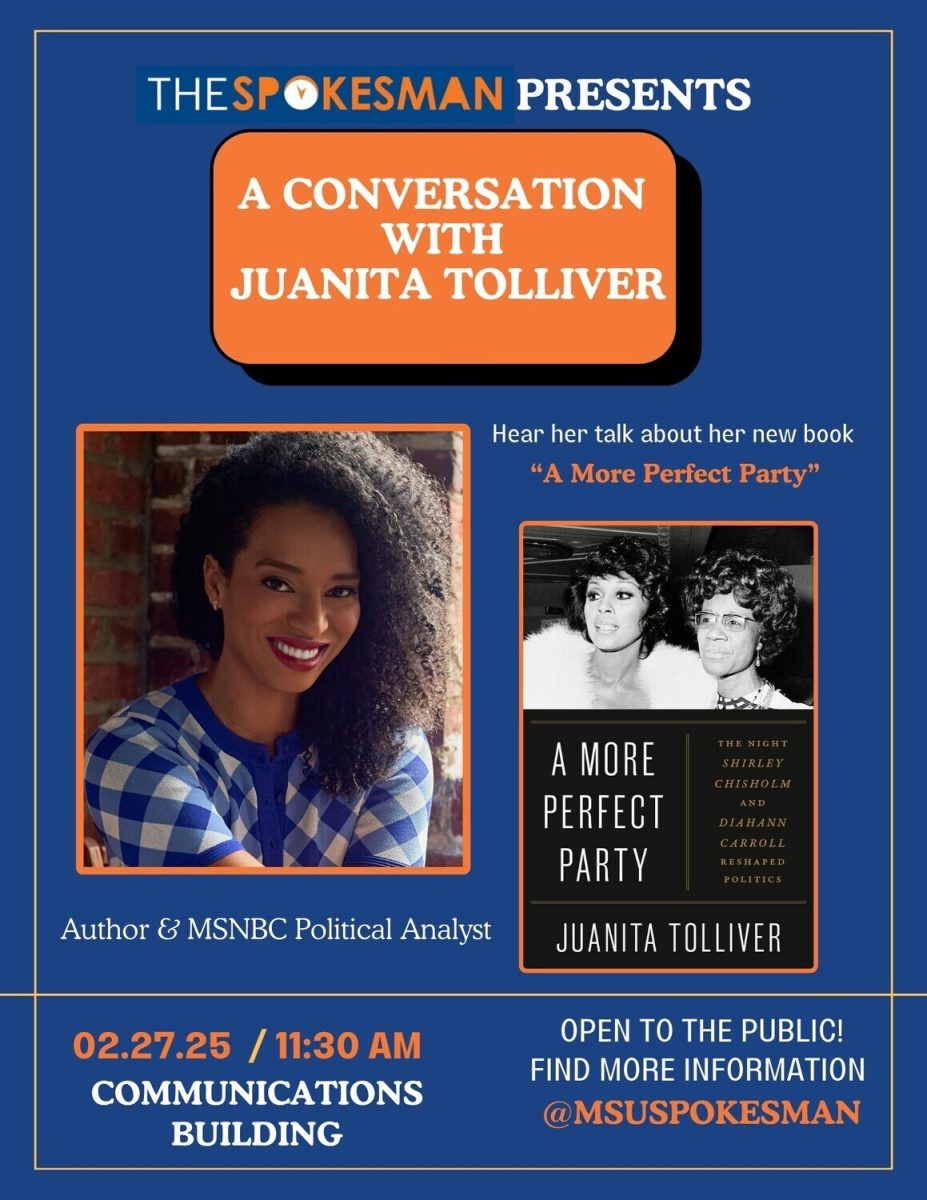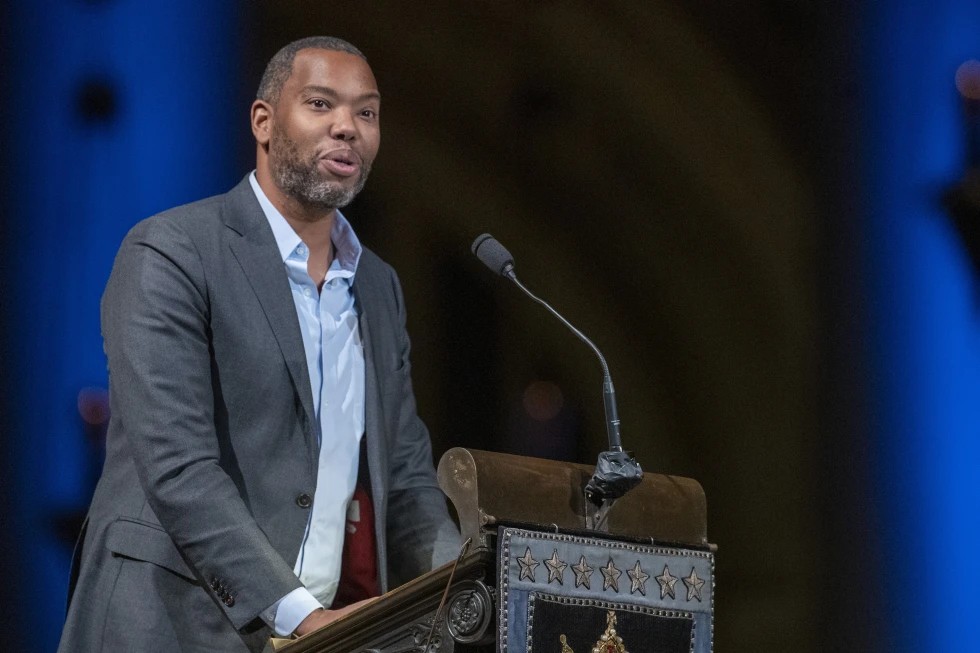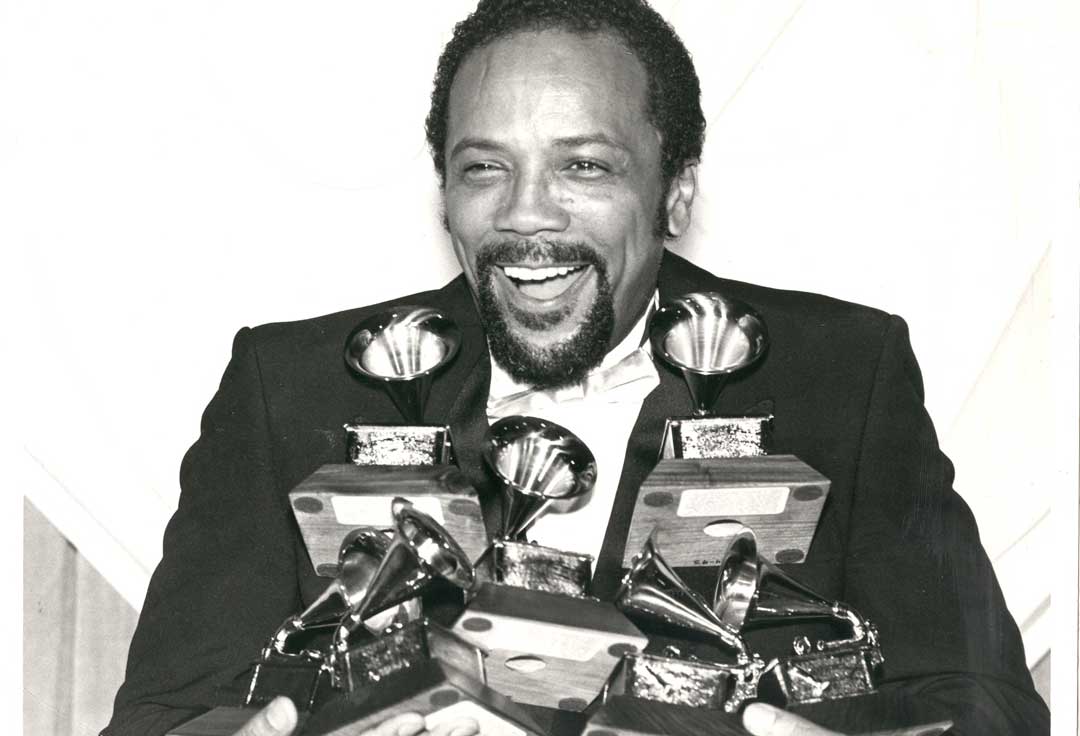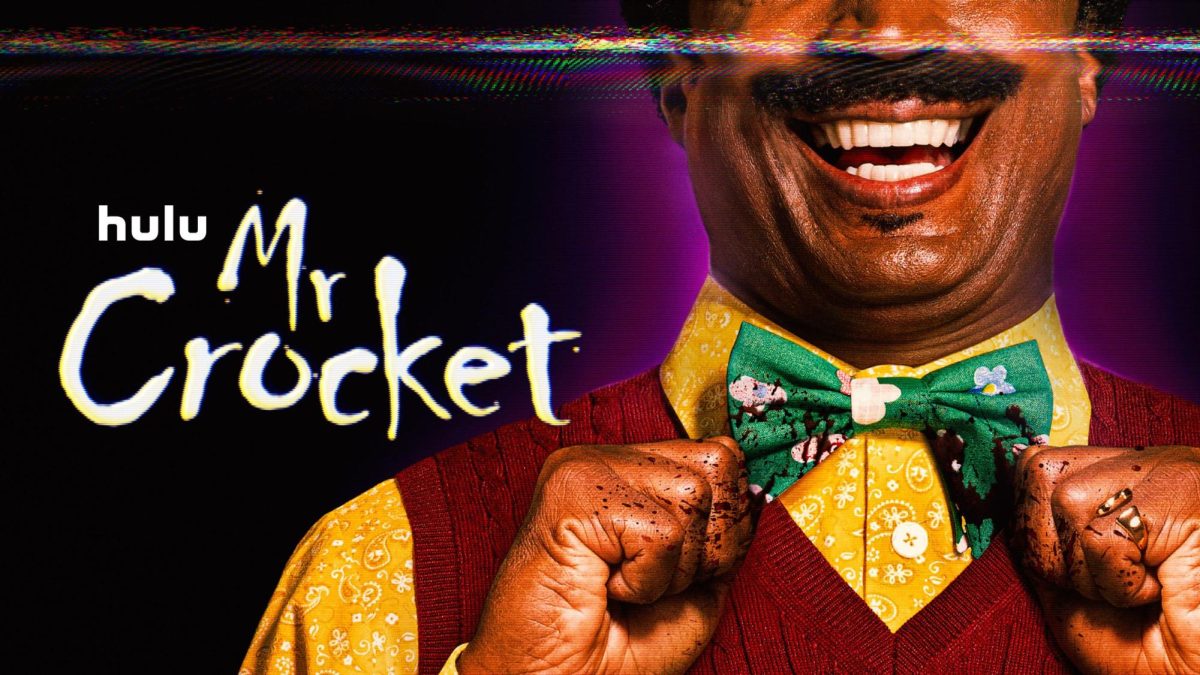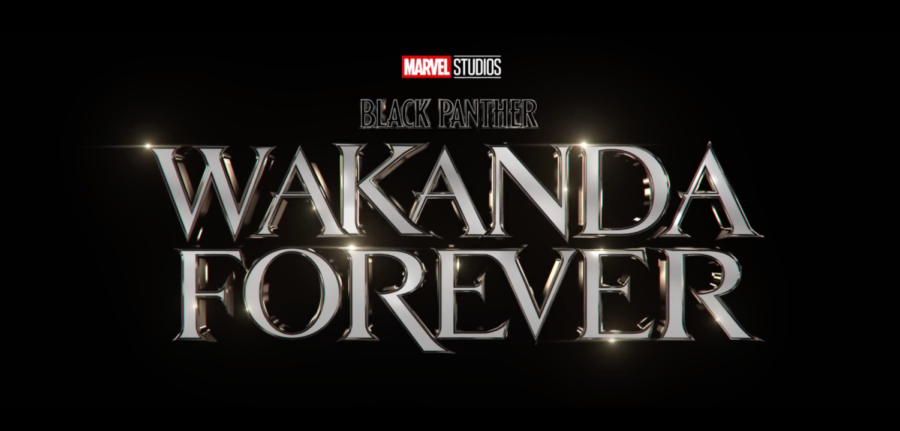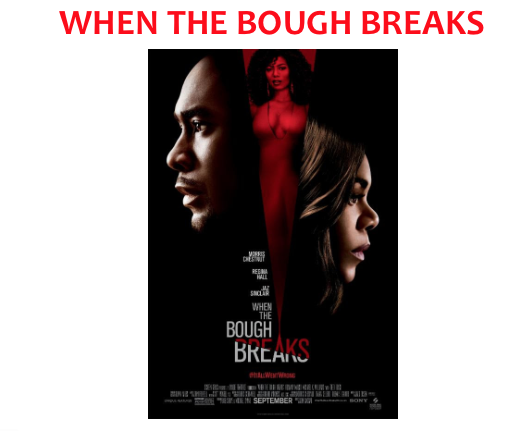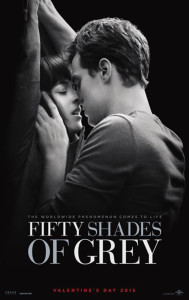 All actors have at least one movie that they will have regretted doing. Elizabeth Berkeley had Showgirls. For Sean Connery, it was Zardoz. And Sir Michael Caine famously said this of his role in Jaws: The Revenge: “I have never seen it, but by all accounts it is terrible. However, I have seen the house that it built, and it is terrific!”
All actors have at least one movie that they will have regretted doing. Elizabeth Berkeley had Showgirls. For Sean Connery, it was Zardoz. And Sir Michael Caine famously said this of his role in Jaws: The Revenge: “I have never seen it, but by all accounts it is terrible. However, I have seen the house that it built, and it is terrific!”
On that note, it is fun to wonder – should their careers endure – what stars Dakota Johnson and Jamie Dornan will have to say in the future about Fifty Shades of Grey.
The movie, which is based on the runaway bestselling novel by E.L. James, centers around Anastasia Steele (Johnson) and billionaire Christian Grey (Dornan) as they embark on a torrid love affair, in which the virginal Anastasia discovers that Christian’s sexual tastes venture to unexplored extremes for her.
It’s best to start with what works in this movie, because…well, there’s little there in that column. First, director Sam Taylor-Johnson certainly takes care to make the movie visually pleasing. The cinematography is clear, vibrant, and rich in color, which helps out several scenes greatly. Second, contrary to what even the film’s promotional material implies (unintentionally, it would seem), chemistry does exist in this movie between leads Johnson and Dornan – the movie’s centerpiece sex scenes and a dinner “business meeting” in which Anastasia and Christian discuss what will and won’t happen in their relationship seem to be the only times in the movie that viewers can actually feel that there really is something between them. And third, Dakota Johnson is actually fairly charming as Anastasia. She exudes a doe-like innocence that makes her likeable and remains even as she heads deeper into the rabbit hole. So Fifty Shades of Grey has that going for itself, at least.
That said, visual aesthetics can only go so far. The sex scenes are disappointingly short and few in number, and Johnson can only do so much when paired with an awful script and Jamie Dornan.
(Before we continue, full disclosure: The reviewer, by his own admission, has attempted to read the novel three times. All three times have ended in failure. So, comparisons to the source material will be absent. Also, debate has raged on the Internet as to the novel’s portrayal of BDSM—Bondage/Dominance/SadoMasochism—and whether or not it is accurate. Since the reviewer has – also by his own admission – no first-hand knowledge of the lifestyle, that debate shall also be absent outside of these parentheses.)
First up, Dornan, as Christian Grey, is extremely stiff. Unfortunately, this is not in a good or lascivious way. No, this performance is the kind of stiff that would lead to Keanu Reeves being forced to relinquish the Wooden Acting Throne. Every single scene with Christian, outside of the aforementioned sex scenes, feels incredibly forced and awkward, as if Dornan locked himself into a “collect the paycheck” mindset every day on set. There is a barely-explored subplot suggesting that Grey’s awkwardness is the result of deep-seated childhood issues; unfortunately, since that subplot comes into and leaves the movie as fast as the supporting characters do, the viewers have little, if anything, to consider why nearly every non-sexual scene between Anastasia and Christian feels like neither of them really want to be there.
And then there’s the character of Christian Grey himself. It’s a common trope in romantic movies for the male lead to do something that would realistically lead to a restraining order, at the minimum. But usually, that only happens once. Christian Grey pursues Anastasia so aggressively throughout the course of the movie that by the third time he shows up in her life unexpectedly and without warning, it’s not at all inappropriate to wonder out loud why she doesn’t beeline for the nearest police department. And, in one of those times, Grey lets himself into Anastasia’s new apartment, uninvited and unannounced, to pay her a visit…and a romantic sex scene results from this.
Whether that wonderful request for suspension of disbelief is a result of James’ writing or screenwriter Kelly Marcel’s adaptation, it’s clear that Marcel does no one any favors. The plot moves along coherently, but uninspiringly, and there are few memorable, or even good, lines for the actors to enjoy. But – and perhaps most unforgivingly – there is no real resolution to this movie. It just ends, literally, with a smash cut to black and the credits rolling. It’s clear what the intent of that was – since there are two more books in the Fifty Shades series waiting to be filmed – but as sequel hooks go, this one goes down in history as one of the most blatant and disappointing that has ever been seen in a major Hollywood production, especially considering the scenes it follows.
As a book, Fifty Shades of Grey’s artistic qualities are still up for debate. As a movie, there is nothing to it that can make it any more than what it so richly deserves to be – a Valentine’s Day cash grab.
Fifty Shades of Grey, directed by Sam Taylor-Johnson and distributed by Universal Pictures, is currently in theaters.


